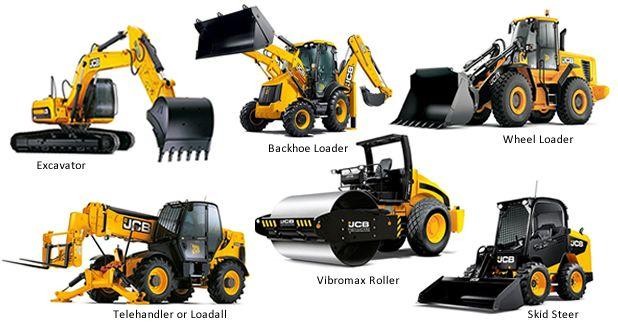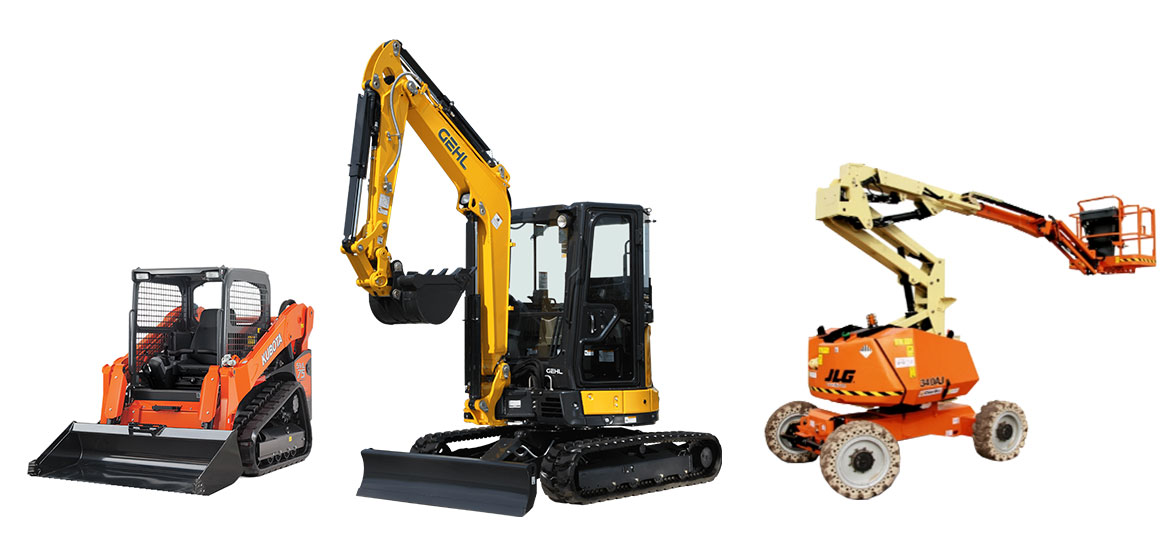Boom Lift Rental: Economical and Trustworthy Lifts for Any Type Of Job
Boom Lift Rental: Economical and Trustworthy Lifts for Any Type Of Job
Blog Article
Maximize Your Spending Plan by Understanding the Costs Related To Construction Equipment Leasings
Recognizing the complete range of costs related to building tools services is important for maximizing your budget. While the first rental charge may seem straightforward, various added costs-- such as transportation, fuel additional charges, and upkeep-- can quickly collect, influencing your financial preparation. Additionally, knowing various charges and the ins and outs of rental arrangements can help stay clear of unforeseen monetary burdens. What methods can be employed to efficiently manage these expenses and make certain a much more reliable rental experience?
Review of Rental Expenses
When taking into consideration building and construction equipment leasings, understanding the connected prices is critical for reliable budgeting and job planning. Rental costs can differ significantly based upon a number of factors, including equipment type, duration of rental, and place. The preliminary rental charge typically reflects the tools's market demand and its linked operational abilities, affecting the overall cost.
Along with the base rental price, secondary costs may emerge, such as transportation costs, fuel additional charges, and maintenance costs. It is necessary to make up these added expenditures to accurately assess the overall expense of renting equipment. Additionally, the rental duration can affect prices; longer leasings might certify for affordable rates, while temporary services could incur greater everyday charges.

Failure of Rental Rates
A detailed understanding of rental prices is essential for service providers and project supervisors aiming to optimize their budget plans. Rental prices for construction tools commonly include several parts, consisting of base prices, time-based charges, and usage fees.
Base prices are the core costs connected with the leasing of the tools, often determined by the type and dimension of the equipment. These prices can differ substantially, affected by variables such as equipment need, accessibility, and local market patterns. Time-based costs, which might be daily, weekly, or monthly, serve to accommodate various project timelines and rental periods.
In addition, rental rates may consist of usage costs, which apply when tools is used beyond a specified threshold, making certain that the rental company can represent damage. Seasonal demand fluctuations can also influence rental rates, with peak construction seasons commonly commanding higher prices.
In addition, recognizing the rental firm's plans relating to upkeep and insurance can offer additional insight into the general cost framework. By assessing these components, specialists can make educated decisions, guaranteeing the option of rental devices straightens with both project demands and budget restraints.
Added Costs to Take Into Consideration
Recognizing the details of added fees is vital for contractors to manage their general rental expenses successfully. Beyond the standard rental prices, different supplemental costs can considerably impact the total cost of tools service. These costs often include shipment and pick-up costs, which can differ based on distance and logistics associated with transporting the equipment to and from the job website.
Furthermore, some rental companies might enforce fuel additional charges if the tools is returned with much less fuel than when rented. It is likewise vital to see it here recognize potential cleansing fees, specifically for customized equipment that requires comprehensive maintenance after use.

Completely assessing the rental contract and making clear these extra fees upfront can help specialists make certain and prevent unexpected prices that budgets stay intact throughout the project lifecycle.
Maintenance and Repair Service Expenditures
Normal repair and maintenance costs are typically ignored variables that can dramatically affect the overall cost of construction equipment leasings. When renting out equipment, it is vital to take into consideration not only the rental charges but also the prospective expenses connected with maintaining the equipment in ideal operating condition.
Several rental companies consist of fundamental maintenance as part of the rental arrangement; nevertheless, much more unforeseen malfunctions or considerable fixings can lead to additional costs. It's necessary to review the rental contract carefully to comprehend what upkeep solutions are covered and what responsibilities drop on the renter.
In addition, tools that is not properly maintained can result in ineffectiveness on duty site, possibly creating hold-ups and increasing job costs. To minimize these dangers, it is a good idea to conduct regular examinations and keep open communication with the rental copyright pertaining to any kind of concerns that occur throughout use.
Insurance and Obligation Prices
Insurance policy and obligation costs are essential components that can dramatically affect the overall expense of building and construction tools rentals (scissor lift rental). These prices ensure that both the rental firm and the customer are protected from prospective financial losses developing from crashes, damage, or theft during the rental period

In addition, clients must know any deductibles or exemptions in the insurance plan, YOURURL.com as these can influence possible out-of-pocket costs. Understanding the terms and conditions of any insurance coverage is vital to avoid unforeseen prices. Eventually, budgeting for insurance coverage and obligation expenses can help make sure a smoother rental experience and secure versus economic risks connected with building projects.
Verdict
To conclude, an extensive understanding of the expenses related to building and construction equipment rentals is necessary for reliable spending plan management. By evaluating rental rates, extra charges, upkeep expenditures, and insurance policy people, companies and needs can reduce unforeseen expenditures. This calculated technique not just improves cost-effectiveness however likewise makes sure that jobs advance smoothly and effectively. Eventually, notified decision-making relating to devices rentals adds to the overall success of construction endeavors.
Rental costs can differ dramatically based on a number of elements, consisting of devices type, period of leasing, and area (forklift rental). The rental period can influence prices; longer rentals might qualify for reduced rates, while temporary rentals could incur greater everyday costs
By carrying out comprehensive study and engaging with trusted rental companies, specialists can efficiently browse the complexities of rental prices, eventually maximizing their economic sources.
Beyond the conventional rental prices, various additional charges can considerably impact the total expense of devices rental. Rental business often offer liability insurance policy that covers injuries to third parties or damages to property, while devices damage insurance policy can cover the expense of repairs or replacement if the leased devices is harmed.
Report this page